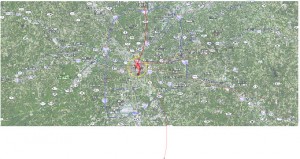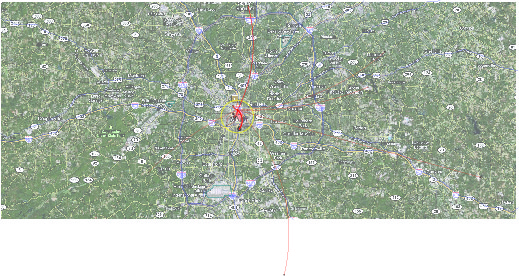
An underdeveloped transportation infrastructure led to the unfortunate nickname “the Chaos Games” for Atlanta in 1996. The Atlanta Olympic Games were approached by private investors with private interests, following the Los Angeles ’84 plan: they wanted to save money wherever they could and maximize their profits, so they used as much existing infrastructure as was available and skimped on a few very important developments, concentrating their money instead in the Central Business District.
The planners underestimated the flow of people that would attend the events, and concentrated most of them in the very center of the city. Some events had to be moved outside the ring road because they had specific constraints (canoeing, equestrian events, and shooting events) and others took place in sister host cities (Athens, Miami, Orlando) because Atlanta lacked the stadiums to hold them in. (Most of these were american football games)
They relied heavily on the existing four metro lines and a maddening tangle of bus routes to transport the athletes and their supporters to the events. This crucial time-sensitive passenger load was applied to the system on top of the incoming flow of spectators that took public transportation because they couldn’t park their personal vehicles in the city. Three separate transport entities had to borrow an additional 2,000 buses from neighboring districts with drivers who weren’t familiar with Atlanta. They did manage to add HOV lanes to the highways though, so some measures were taken to make the flow move somewhat smoothly.
